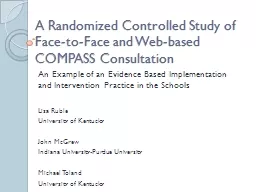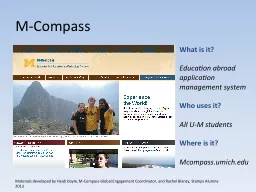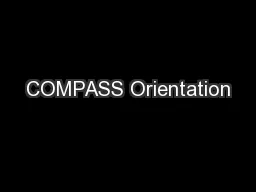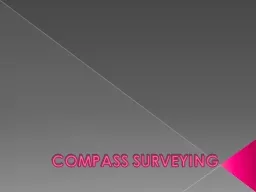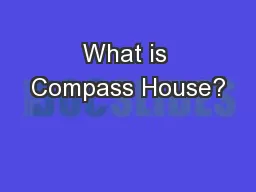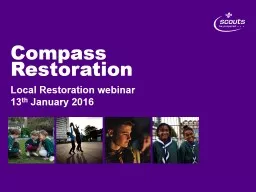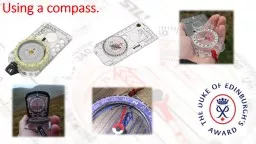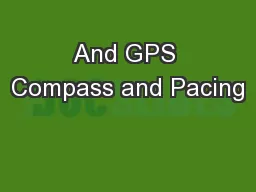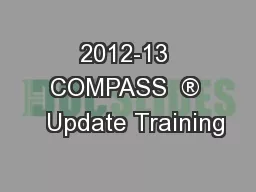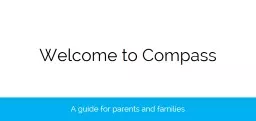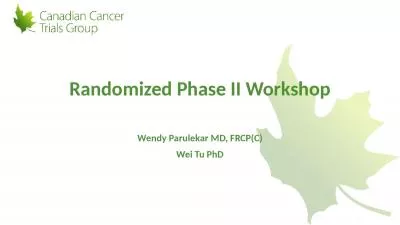PPT-A Randomized Controlled Study of Face-to-Face and Web-based COMPASS Consultation
Author : sherrill-nordquist | Published Date : 2019-06-21
An Example of an Evidence Based Implementation and Intervention Practice in the Schools Lisa Ruble University of Kentucky John McGrew Indiana UniversityPurdue University
Presentation Embed Code
Download Presentation
Download Presentation The PPT/PDF document "A Randomized Controlled Study of Face-to..." is the property of its rightful owner. Permission is granted to download and print the materials on this website for personal, non-commercial use only, and to display it on your personal computer provided you do not modify the materials and that you retain all copyright notices contained in the materials. By downloading content from our website, you accept the terms of this agreement.
A Randomized Controlled Study of Face-to-Face and Web-based COMPASS Consultation: Transcript
Download Rules Of Document
"A Randomized Controlled Study of Face-to-Face and Web-based COMPASS Consultation"The content belongs to its owner. You may download and print it for personal use, without modification, and keep all copyright notices. By downloading, you agree to these terms.
Related Documents

